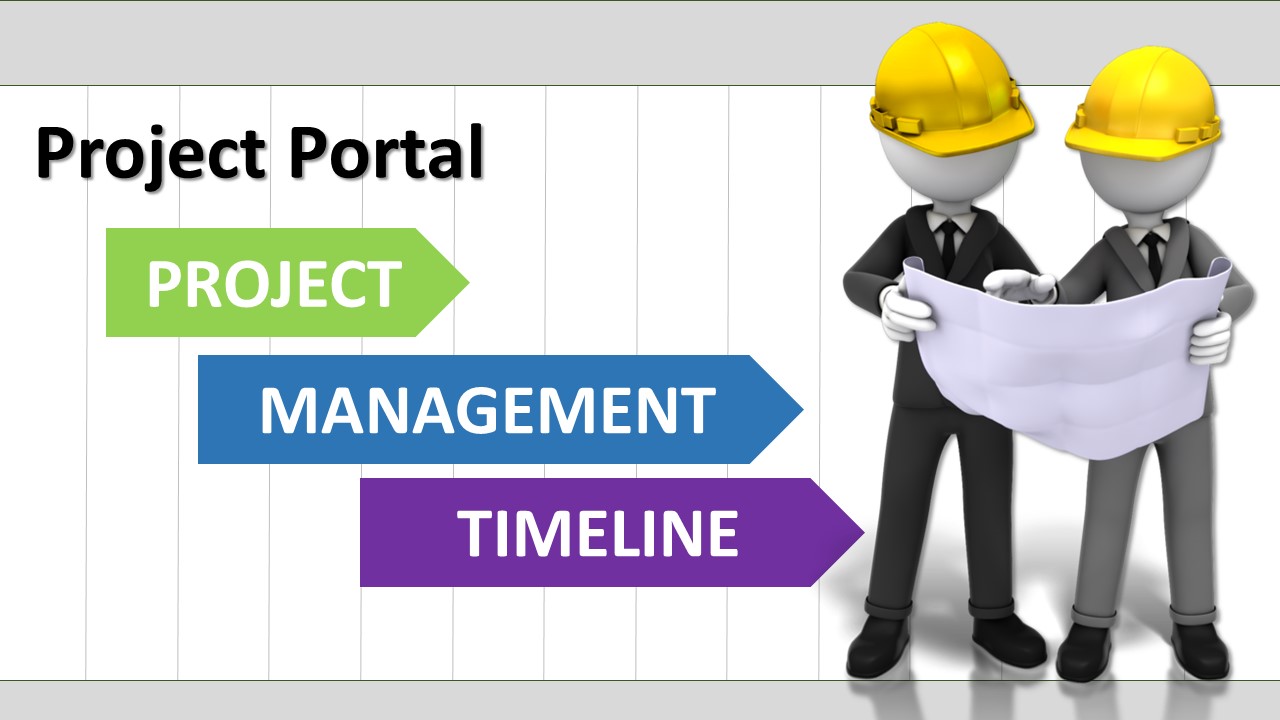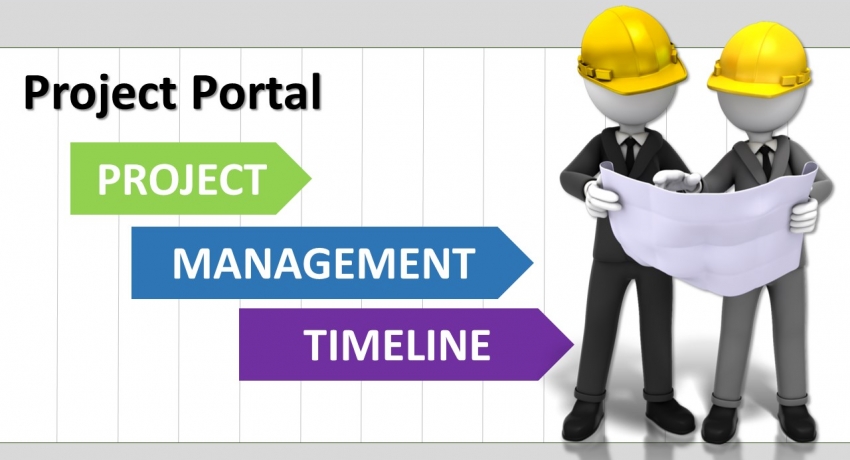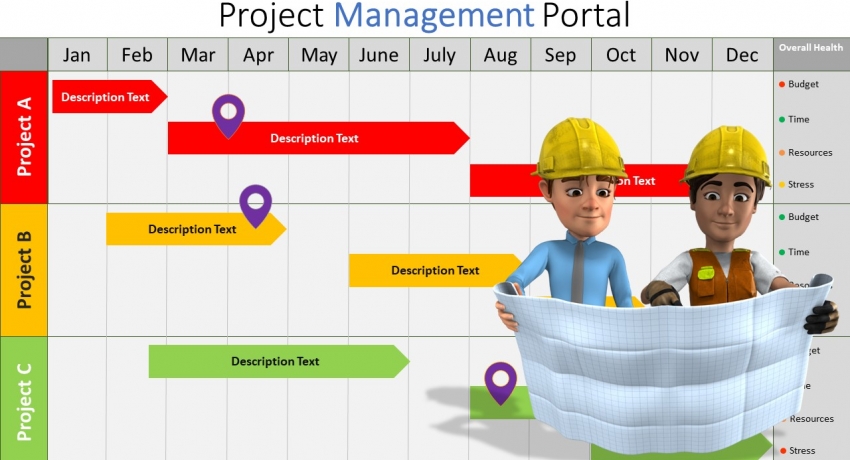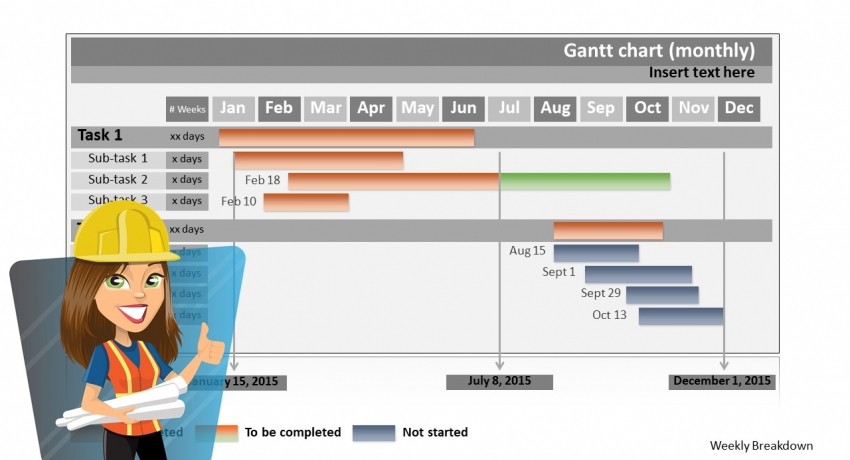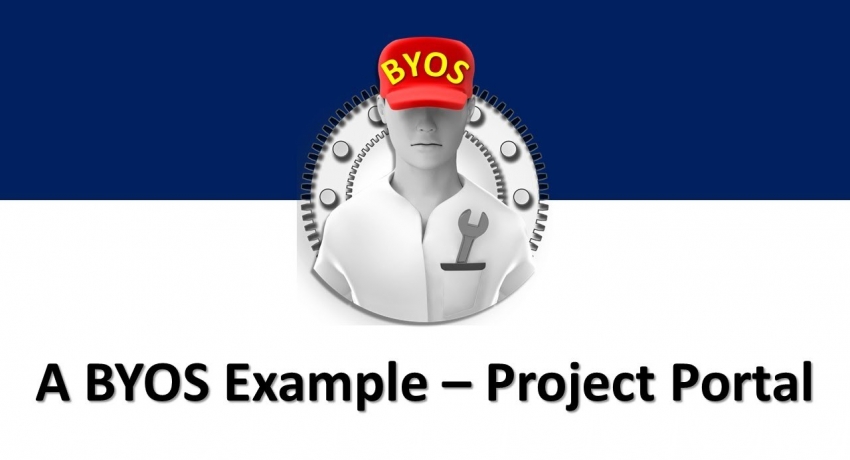Project Portal
In a project, there are tons of information with non-stop changes, updates, additions, etc., going on all the time. Things happening from all involved parties at the same time. The project portal becomes an essential tool.
The project portal is the information hub serves as the central, accurate, reliable and up-to-date center, which shares, updates, reports and aligns everybody on the same page in real-time. Traditional ways of passing documents around is not good enough, and are not appropriate tools to handle such information.
Back in end of 2018, this project portal was established with a single client but multiple projects to record all ideas, discussions, designs, decisions, references, and also collection of ad-hoc content. It helped to document what was discussed and decided so that everybody can be shared and updated, all synchronized real-time. It also helped to arrange information logically because after more than 1/2 year of meetings and discussions, keeping things organized in personal files became un-realistic. The portal was built within 1-2 days, then additional features were added on the way. This is the advantage of the BayGO nature of BYOS which allows this to happen - building while using. The single client multiple project nature requires different people access to different projects, while protecting the security for the others is one of the key requirements.
The advantage of using BYOS on project portal is its BayGO approach nature, while facing the non-stop mind-changing situations again and again. It can be a digital solution without time for software development.
Showcase specifics
A project portal requires the ability for logically organizing information, support hierarchical structure, taxonomy and search. It should also comes with easy content creation interface so that project team members can easily create or update their information quickly.
Everything in a project are urgent. There is no time to wait for system development, yet there are a lot of ad-hoc requirements that might not already available in the system. When there are more than a project, it will make it even more complicated.
Flexibility of BYOS and its fast building nature fits into the needs very much.
The following are features built in the project portal over time, in a BayGO approach:
- Single and isolated portal for a single client with multiple projects. A site-in-site architecture was employed, so that each single project is a sub-site inside the overall super-site.
- Each project has different team members. There are access security and visibility requirements so that each account user can only see and access the projects they belonged to.
- Dual menu systems to handle the 2-dimension back-bone structure. The top horizontal menu were designed for projects, and the left sidebar for the sub-menu in each project.
- Wiki format was used to accumulate information which eventually becomes a book or the manual for the overall requirement. Another BayGO approach for content.
- File attachments are possible.
- It happened that ad-hoc adding of structure required, but easily managed without stop.
- The default WYSIWYG editor facilitates users to enter their information in a familiar manner.
The way the project portal was also ad-hoc. It was decided that it is needed. Within one day the initial version of the portal was already built. Most of the time was not on building, but on thinking and designs, in particular which solution to take for the necessary requirements.
The major consideration was the security protection issue:
- Single site multiple projects - it requires an hierarchical architecture to support.
- Visibility and access controls - those who are not involved in one project but in another can login to the system too. It requires that users can only see those projects they were involved, but not the others, and this is visibility control. For unauthorized users, even though they login and get the link to another project, they still cannot access, and this is access control.
- Logical layouts - the system layout has to be sophisticated enough to accommodate all the requirements, yet simple enough for the users.
Most of other requirements were added ad-hoc when the needs came up. It was fine and easy because most of it were already available in the BYOS technology.
- Log in to post comments

